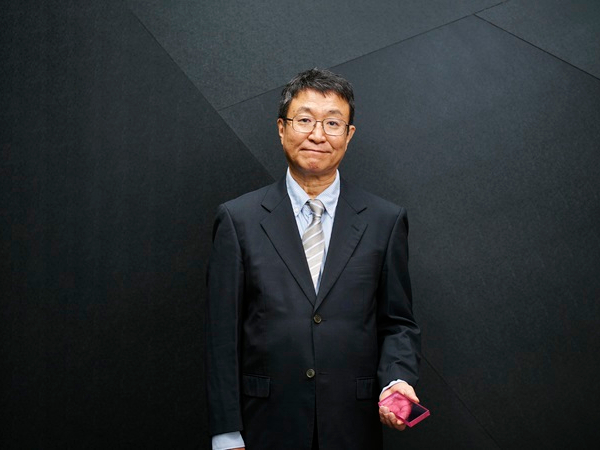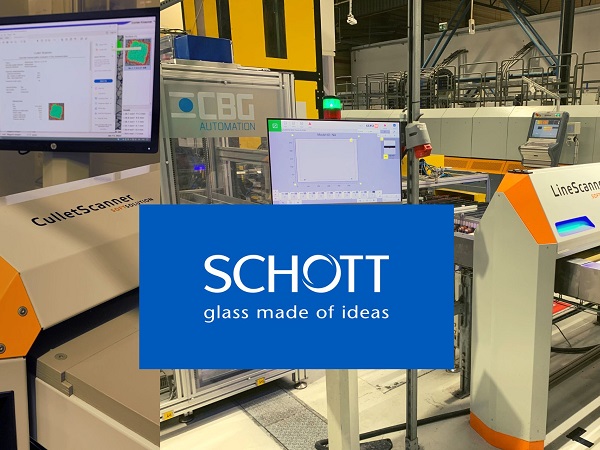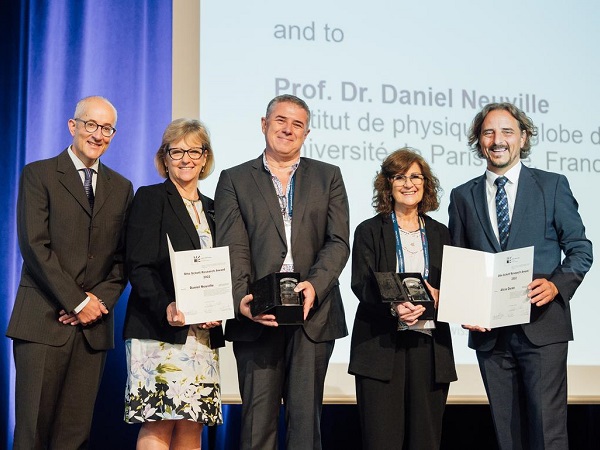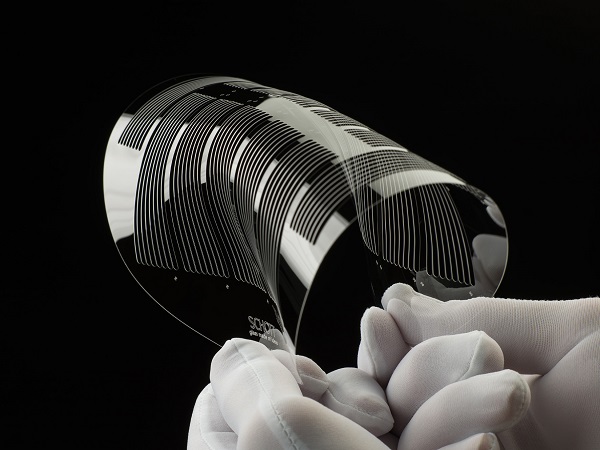Date: 27 June 2013
Applied Research at SCHOTT is therefore pursuing a clear objective: to develop glass that is a lot stronger.
Hardly anyone is aware of the fact that glass has enormous intrinsic strength. Nevertheless, its surface inevitably contains invisible production-related microcracks. These extend on into the inside of the glass when the material is put to use and reduce the usable strength down to only a fraction of its theoretical value. Unlike metal, glass is unable to compensate for these types of cracks by way of so-called plastic flow. It breaks very easily when it is bent.
.jpg)
Thin, light and strong: SCHOTT Research is developing glasses that offer significantly better mechanical properties for industrial applications. Photo: SCHOTT
The industry constantly places higher demands on glass materials. Glass that is less than 1 mm thick, yet far less likely to break and scratch, like cover glasses for touch displays in mobile devices, for instance, is in great demand. The aluminosilicate glass Xensation® Cover is therefore considered to be one of the world’s strongest and most scratch resistant glasses and is thus a prime example of how the company’s developers can achieve these types of unique mechanical properties.
"We essentially focus on having a stable bulk material for the glass and producing an incredibly strong surface that contains as few defects as possible and stands up well to mechanical forces. Material and process development always go hand-in-hand," explains Dr. Rüdiger Sprengard, Head of Product Development at SCHOTT Research. On the material side, the goal is to achieve a synthesis of glass blocks with a high chemical bond. Gaining deeper insights into the relationship between the material composition and its atomic structure plays an important role here, as do ultramodern computer simulations.
.jpg)
SCHOTT researchers perform sophisticated scratch tests to obtain differentiated results on the scratch resistance of various types of glass. Photo: SCHOTT
Aluminosilicate glasses with high alkali content are considered to be the material class of choice. During the so-called ion exchange process that is used to chemically temper glass, small alkali ions are released from the glass at high temperatures and their position in the atomic network is taken by larger alkali ions. Enormous strength levels are generated inside the glass product when it is cooled down, due to the pressure the large ions exert on the glass network at the surface. The deeper the ions penetrate into the surface, the higher the compressive stress that puts a “clamp” on scratches and other defects and thus prevents the glass from breaking. The strength of the glass will not be impaired unless these defects exceed the depth of ion exchange.
SCHOTT has succeeded in producing various silicate glasses with previously unseen depths of oxygenated layers (DoL) of more than 120 micrometers and high compressive stress (CS) of up to 1000 megapascal (MPa) using optimized chemical tempering techniques. By comparison: the CS values of conventional soda-line window glass are only about half as high, the depth of exchange is limited to only 30 micrometers.
.jpg)
The deeper the ions penetrate into the glass surface during ion exchange, the higher the compressive stress that resists defects. SCHOTT has managed to achieve previously unseen depths of oxygenated layers (DoL) of more than 120 micrometers and compressive stresses (CS) of up to 1000 megapascal (MPa) in various silicate glasses. Graphic: SCHOTT
Thin, light, extremely strong: laminates and microsheets
But scratch resistance isn't always the goal. SCHOTT has also developed laminates made of borosilicate float glass (BOROFLOAT®) for vehicle glazing that offer extremely high ballistic resistance. These glasses are thermally pressed together with transparent polymers into multiple layers that can no longer be separated. These laminates offer extremely high ballistic protection, yet are around 20 percent lighter than conventional protective glasses.
The ultrathin "microsheets" that SCHOTT offers are also very strong and light. Only 25 micrometers in thickness, they rank among the thinnest glasses in the world and are still so stable that they can even be rolled up.
No glass ever reaches market maturity without undergoing comprehensive analyses and tests on its properties. Here, SCHOTT Research has access to state-of-the-art technology for use in characterizing the bulk material, performing analyses of the microstructure of the glass surface after ion exchange and various other strength tests. "The company is therefore well prepared to develop the even stronger glasses we will be seeing in the future. Over the next 10 years, flexible, ultrathin and light glasses could well contribute to a real technology and product revolution in the area of electronics, lighting and household technology, mobility and industrial applications," Dr. Sprengard concludes.
SCHOTT is an international technology group with more than 125 years of experience in the areas of specialty glasses and materials and advanced technologies. SCHOTT ranks number one in the world with many of its products. Its core markets are the household appliance, pharmaceuticals, electronics, optics, solar power, transportation and architecture industries. The company is strongly committed to contributing to its customers’ success and making SCHOTT an important part of people’s lives with its high-quality products and intelligent solutions. SCHOTT is committed to managing its business in a sustainable manner and supporting its employees, society and the environment. The SCHOTT Group maintains close proximity to its customers with manufacturing and sales units in 35 different countries. Its workforce of around 16,000 employees generated worldwide sales of approximately 2 billion euros for the 2011/2012 fiscal year. SCHOTT AG, with its headquarters in Mainz, Germany, is owned by the Carl Zeiss Foundation.







Add new comment